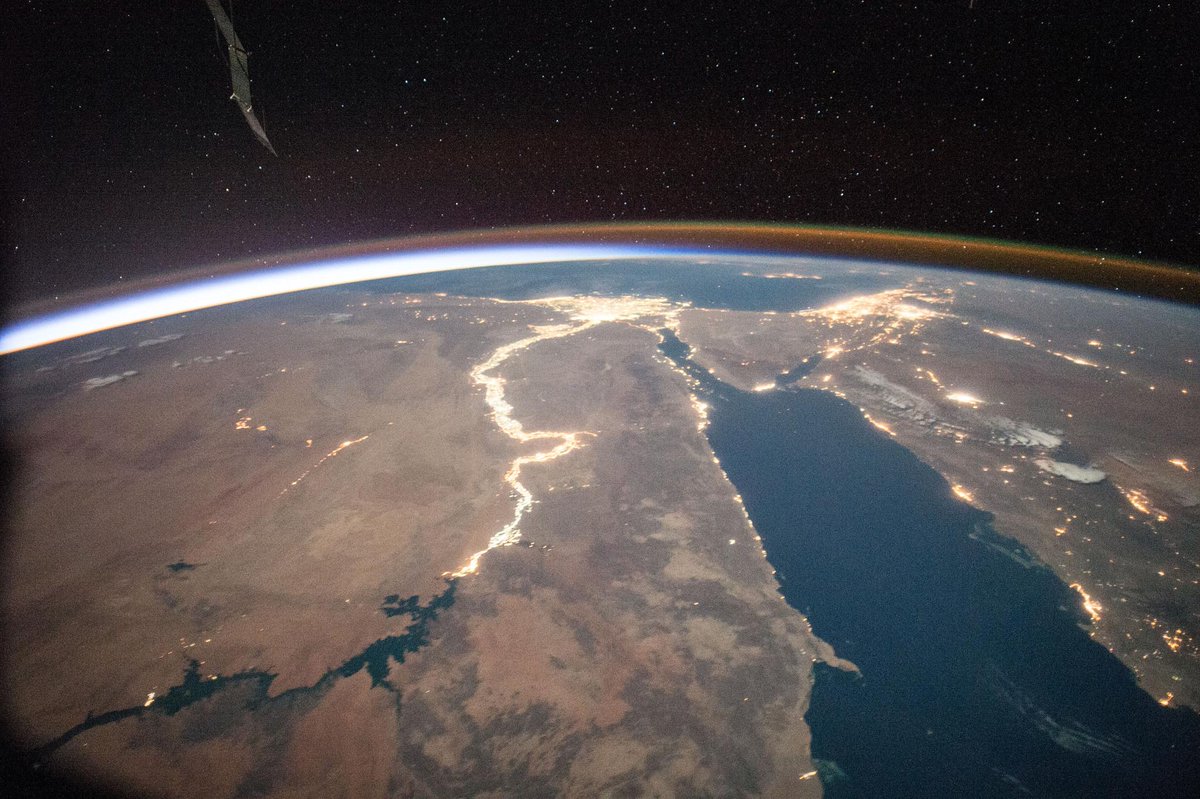- Phone: (201) 579-8253
- Phone: (201) 791-4777
- Fax: (201) 791-4771
- Info@goegypt.org

- Size: Approx.1,001,450 sq. km (386,662 sq. mi)
- Location : Northeastern Africa
Intro
Egypt covers an area of approximately 1,001,450 sq. km (386,662 sq. mi) in northeastern Africa, its northern coastline along the Mediterranean Sea, its eastern coastline along the Red Sea and touching the State of Israel in the Sinai. Libya shares its western border, Sudan its southern border.
Egypt is overwhelmingly a desert country bisected by the River Nile. Over 90% of the land area is formed by a convergence of deserts -- the Libyan Desert to the west, the Sahara and Nubian Deserts to the south and the Arabian Desert to the east. There are oases scattered across this wasteland and a swathe of land along the Suez Canal which is cultivated, but it is mainly the land fed by the River Nile -- the Nile valley and the Nile Delta -- that is both habitable and arable.
The Sinai Peninsula is formed of sand desert and spectacular mountains rising as high as 2,637m (8,652ft) above Red Sea level.
Map

The Nile
It is the Nile -- the Father of Rivers -- that, more than any other feature of the country, characterizes Egypt. The Nile emanates from the Sudan, flowing north through the country for 1,545km (960mi), emptying into the Mediterranean Sea and all along its course provides Egypt and her people with life and sustenance. Throughout history the Egyptian Nile Valley has been defined as two distinct regions -- Upper Egypt which extends south of Cairo to the Sudanese border, and Lower Egypt, which encompasses the Nile Delta, which begins north of Cairo.
Climate
Throughout most of the year most of Egypt is hot and dry. Alexandria and the Mediterranean coastal communities experience milder weather while the heat in Cairo and other inland areas is fierce with temperatures rising to as high as 50°C in some parts of the country. Heavy winter rains fall along the Mediterranean coast but are less frequent in Cairo and in the interior. During the winter months (from November to February), however, temperatures can fall to freezing. The spring in Egypt is generally mild but plagued by the khamsin, a hot and bitter wind that brings blinding sand and dust storms and heralds the coming of summer.
Natural resources
Egypt's most valuable mineral resource is oil, although the country also has gold deposits as well as iron ore, manganese, phosphates and uranium.
Flora
Although the lotus and papyrus are symbols of Egypt, it is the date palm that dominates the landscape. The Nile Delta and the Nile River Valley have a rich variety of trees -- some indigenous, some imported -- including the tamarisk, acacia, eucalyptus, mimosa, jacaranda, cypress and sycamore as well as a wide variety of fruit trees from citrus to fig to mango. Other fruits and vegetables flourish in the fertile land along the Nile, as well as a vivid array of flowers from the rose, Poinciana, lotus (of course), jasmine, lily and bird of paradise. A multiplicity of grasses grows along the Nile as well.
Fauna
Camels, buffalo and donkeys are the most prevalent animals to be found in Egypt. As for desert wildlife, the gazelle, jackal, jerboa and desert fox are indigenous to the country, as well as lizards and several venomous snakes. Egypt is also one of the greatest centers of Arabian horse breeding in the world with large government-controlled stud farms under the auspices of the Egyptian Agricultural Organization. There are about 200 species of migratory birds and 150 species of local birds, including the marsh sandpiper, spoonbill, pink flamingo, hoopoe, heron, stork, quail, egret and golden oriole. Eagles, falcons, vultures, hawks and owls are among the birds of prey to be found. Egypt also has a plethora of insect life, including mosquitoes, flies, fleas and scorpions. There are said to be as many as 190 species of fish in the Nile and many more in the Mediterranean and Red Seas.
